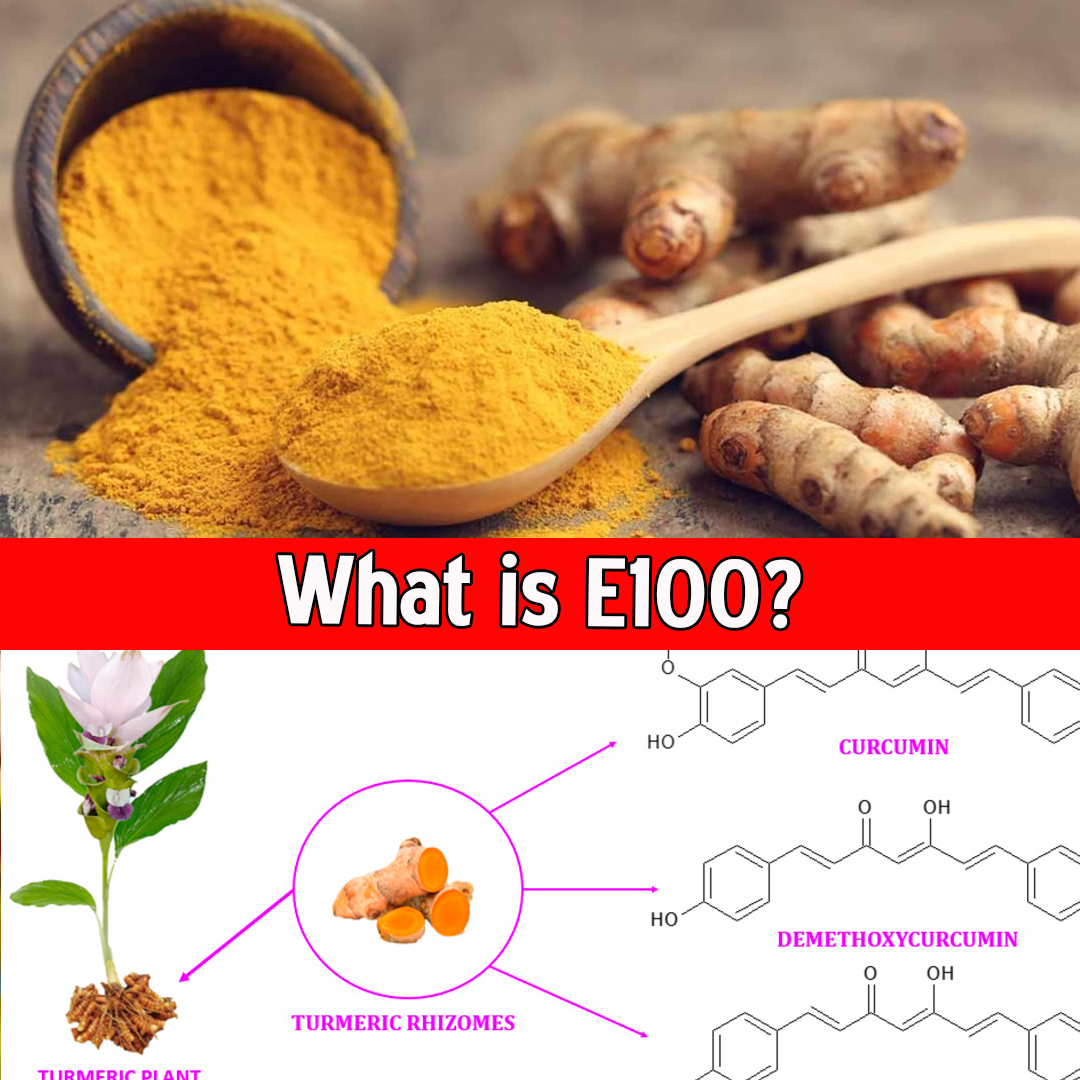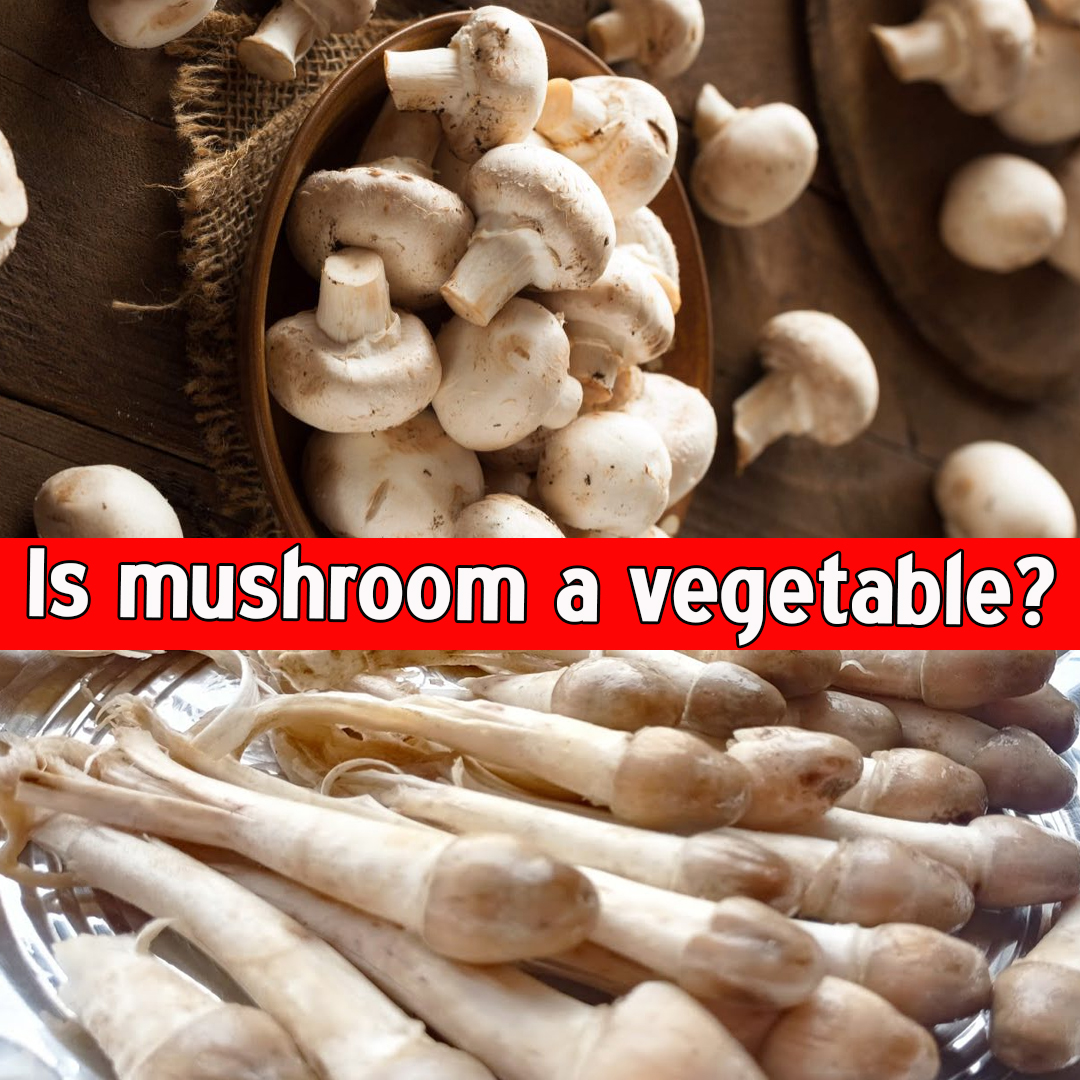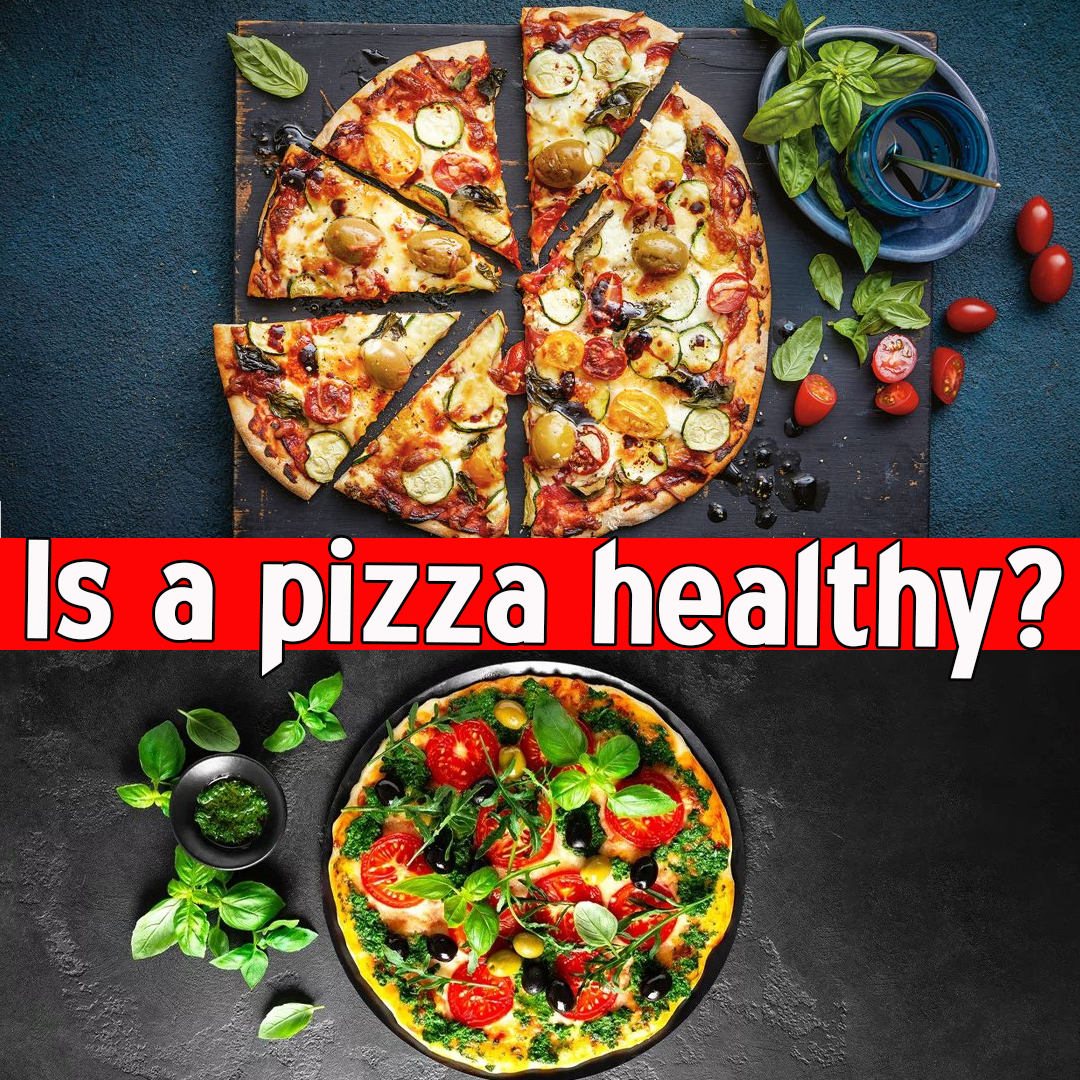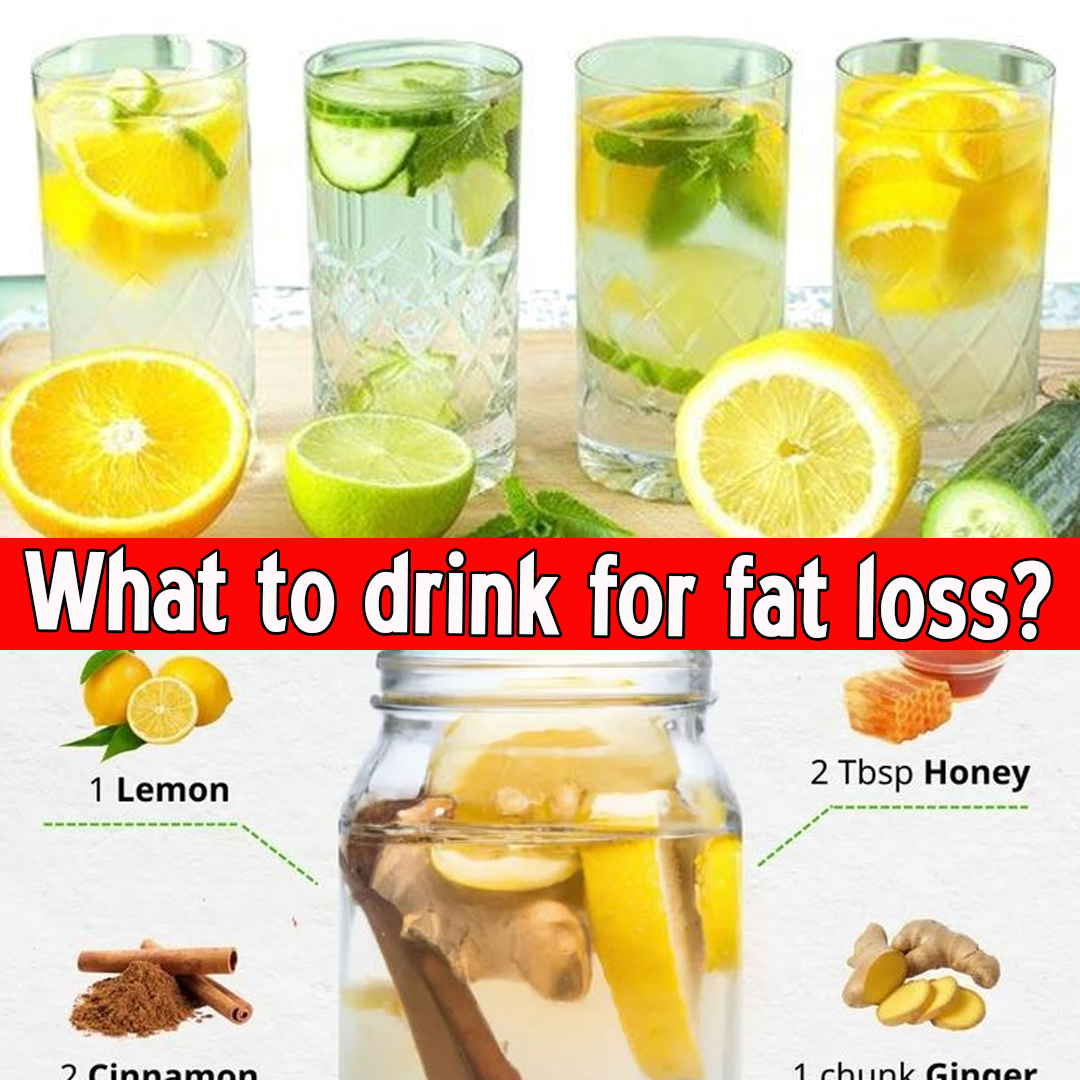How Much Garlic is Too Much?

How much garlic is too much?
Garlic (Allium sativum) is celebrated across the globe for its unique flavor and numerous health benefits. From boosting immunity to reducing blood pressure and cholesterol, garlic is considered one of the most powerful natural remedies. However, as with most things, moderation is key. While garlic has potent medicinal properties, excessive intake can lead to adverse effects on the body.
In this detailed guide, we will explore:
- The nutritional profile of garlic
- Health benefits of garlic
- Recommended garlic intake
- What happens if you eat too much garlic
- Signs and symptoms of garlic overdose
- Special considerations (for pregnant women, children, those on medication)
- Garlic supplements vs. raw garlic
- Final thoughts on balancing garlic in your diet
1. The Nutritional Profile of Garlic
is low in calories but rich in nutrients. A single clove (about 3 grams) contains:
- Calories: 4.5
- Carbohydrates: 1 gram
- Protein: 0.2 grams
- Fat: 0 grams
- Vitamin C: 1% of the Daily Value (DV)
- Manganese: 2% of the DV
- Vitamin B6: 2% of the DV
also contains sulfur compounds such as allicin, which is responsible for most of its medicinal benefits.
| Read more – Is onion toxic to dogs? |
2. Health Benefits of Garlic
2.1 Boosts Immunity
is known to reduce the severity and length of illnesses like the common cold and flu.
2.2 Lowers Blood Pressure
Studies show that supplements can significantly reduce blood pressure in people with hypertension.
2.3 Improves Cholesterol Levels
Garlic lowers total and LDL (bad) cholesterol levels without affecting HDL (good) cholesterol.
2.4 Contains Antioxidants
These protect the body against oxidative damage and may reduce the risk of Alzheimer’s and dementia.
2.5 Improves Athletic Performance
Historically, it was used in ancient cultures to reduce fatigue and enhance the work capacity of laborers.
3. Recommended Garlic Intake
3.1 Standard Dosage
According to health experts, the optimal dosage for adults is:
- Raw garlic: 1–2 cloves per day
- Aged garlic extract: 600–1,200 mg per day (divided doses)
- Garlic powder supplement: 300–1,000 mg per day
These doses provide sufficient therapeutic effects without causing side effects.
4. How Much Garlic is Too Much?
While is safe for most people when consumed in moderate amounts, large doses — especially raw — can lead to several health issues.
4.1 General Rule of Thumb
More than 3-4 cloves of raw garlic per day is considered excessive for most healthy adults.
5. What Happens If You Eat Too Much Garlic?
5.1 Digestive Issues
- Bloating
- Gas
- Heartburn
- Nausea
- Stomach cramps
is rich in fructans, which can irritate the digestive system, especially in people with IBS.
5.2 Garlic Breath and Body Odor
Allicin in is released through the lungs and skin, leading to strong breath and body odor.
5.3 Bleeding Risk
has natural blood-thinning properties. Consuming too much, especially before surgery or while on anticoagulants (like warfarin), can increase the risk of excessive bleeding.
5.4 Low Blood Pressure
If you already have low blood pressure (hypotension), high consumption may further lower it to dangerous levels.
5.5 Allergic Reactions
Some people may develop:
- Skin rashes
- Asthma-like symptoms
- Itchy eyes and nose
5.6 Liver Toxicity (Rare)
Extremely high intake of , especially supplements, may harm the liver, although this is rare and usually reversible.
6. Signs and Symptoms of Garlic Overdose
Watch for these symptoms if you suspect you’ve consumed too much
- Severe stomach pain
- Vomiting or diarrhea
- Dizziness or fainting
- Shortness of breath
- Rapid heartbeat
- Bleeding gums or nose
If these symptoms occur, seek medical attention immediately.
7. Special Considerations
7.1 Pregnant and Breastfeeding Women
- Safe in food amounts.
- Avoid excessive raw or supplements unless approved by a doctor, as it can cause uterine contractions or affect breast milk taste.
7.2 Children
- Small food amounts are safe.
- Supplements not recommended unless prescribed.
- oil may cause burns if applied directly to skin.
7.3 People on Medication
can interact with:
- Blood thinners (e.g., aspirin, warfarin)
- HIV/AIDS medications
- Antiplatelet drugs
- Certain chemotherapy drugs
Always consult a doctor before using as a supplement.
8. Garlic Supplements vs. Raw Garlic
8.1 Raw Garlic
- Most potent source of allicin
- Can cause strong odor and digestive issues
8.2 Aged Garlic Extract
- Gentler on stomach
- Lower allicin levels but more antioxidants
8.3 Garlic Oil Capsules
- Mild but may offer fewer health benefits
When using supplements, follow dosage instructions carefully to avoid overdose.
9. Can You Build a Tolerance to Garlic?
Not really. Tolerance to taste or smell may develop, but its biological effects (like lowering blood pressure) do not plateau quickly. Over time, people may assume they need more garlic to get results, but higher doses don’t always lead to greater benefits—and may pose risks.
| Read more – சூர்யாவின் வாடிவாசல் திரைப்படம் வெளியாகும் தேதி வெளியீடு |
10. How to Safely Include Garlic in Your Diet
10.1 Cooking Tips
- Chop or crush and let it sit for 10 minutes before cooking—this maximizes allicin production.
- Add towards the end of cooking to preserve more of its nutrients.
10.2 Tasty Ways to Add Garlic
- Garlic-infused olive oil
- butter on whole grain toast
- Stir-fried vegetables with crushed
- Roasted mashed potatoes
- Garlic hummus or dips
10.3 Balancing with Other Foods
Pair with fibrous vegetables, healthy fats, and lean protein to reduce digestive discomfort and balance your meal.
11. When to Avoid Garlic Altogether
You should limit or avoid garlic if you:
- Have a allergy
- Experience frequent acid reflux
- Are preparing for surgery (stop garlic 7–10 days before)
- Are on blood-thinning medication
- Have IBS or sensitive digestion (in which case cooked is better than raw)
12. Scientific Studies on Garlic Dosage
12.1 Clinical Trials
- A study in Journal of Nutrition (2001) found aged extract reduced cholesterol significantly at doses of 600–1,200 mg/day.
- Another study showed that 2 cloves of raw day reduced blood pressure in people with hypertension.
12.2 Animal Studies
- Large amounts of extract led to liver damage in rats at doses far exceeding human recommendations—highlighting the importance of moderation.
13. Conclusion: How Much is Too Much?
Garlic is undeniably a superfood when consumed in appropriate amounts. But overdoing it—especially in raw form or via supplements—can cause digestive distress, odor, bleeding risks, and even organ damage in rare cases.
Safe intake for most adults:
🔹 1–2 cloves of raw per day
🔹 Or up to 1,200 mg aged extract (split across meals)
Avoid excessive use if you’re pregnant, on blood thinners, or have gastrointestinal issues.
Remember: More isn’t always better. works best when it’s part of a balanced, nutrient-rich diet rather than consumed in extreme quantities.















Leave a Reply